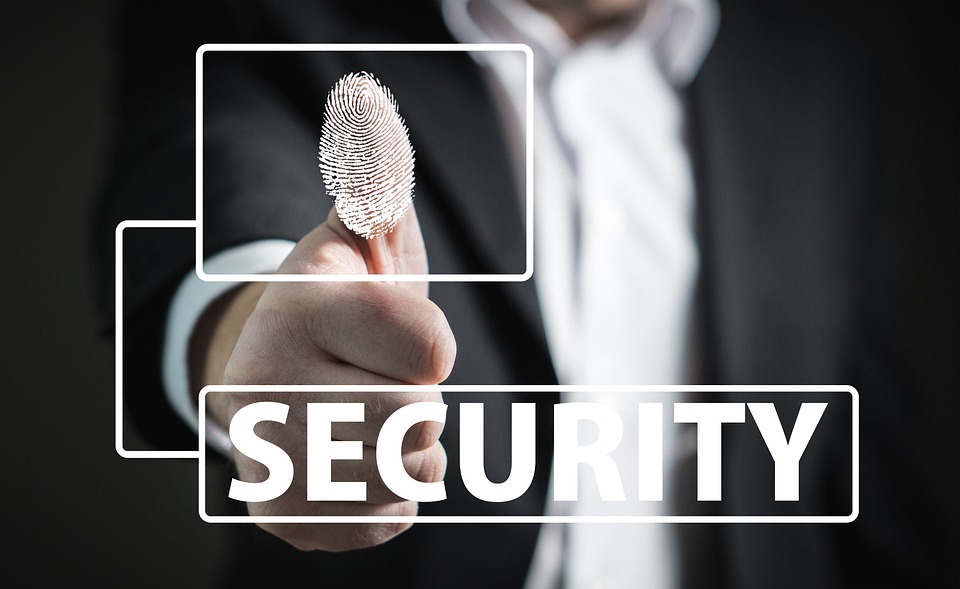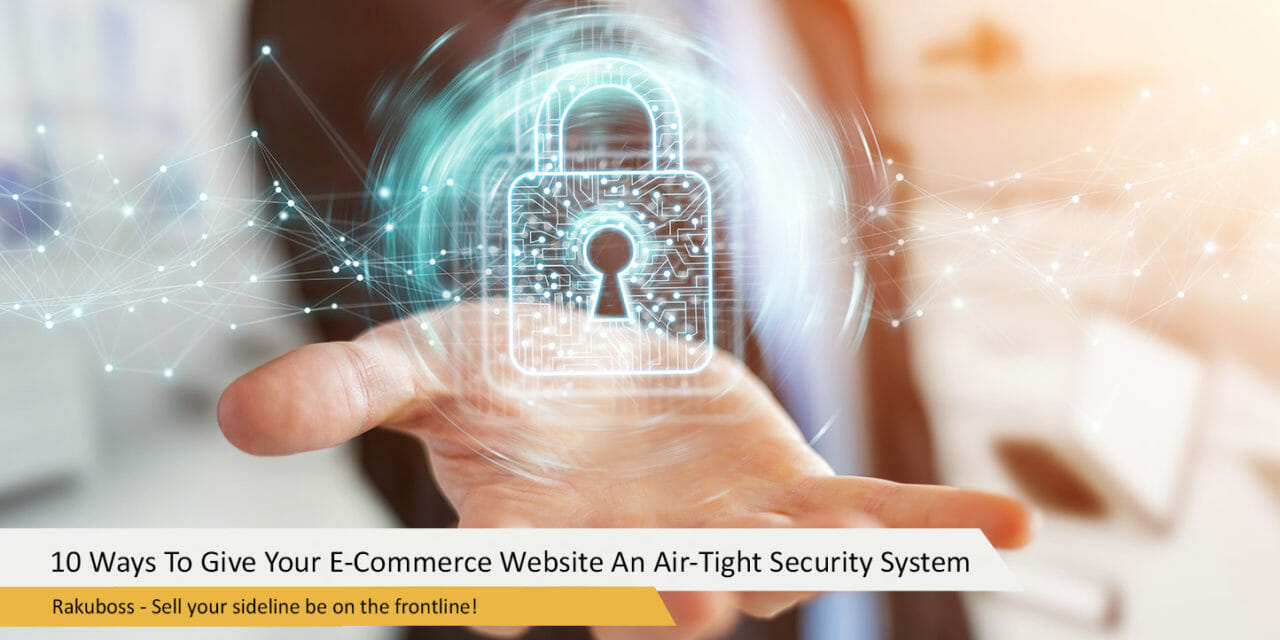Launching an e-commerce website is the best way to reach your customers and sell your products online. E-commerce websites or online stores are convenient and accessible. However, they’re not the most secure. To be fair, all websites aren’t fully secured.
Nevertheless, there are effective ways that can help you secure your e-commerce website by yourself or by hiring competitive web developers at Rakuboss.ph. The following ways can provide air-tight security:
Choose A Secured E-Commerce Platform
Choose a platform that can provide convenience and security. Many e-commerce websites run using WordPress, Shopify, and Magneto. Popular platforms like these three are prone to hackers, but they have an additional level of security that can track unwanted visitors. Their security tools and patches are usually included in the package.

Use HTTPS Instead of HTTP
Although HTTP is the oldest standing protocol since the World Wide Web was launched, it’s not as secure as before. Hackers and viruses are evolving. Using HTTPS as an extension can give your website unparalleled security. It can protect your users from attacks and improve your search rank on Google. If you’re still using HTTP, go for an HTTPS hosting now.
Buy Security Plug-Ins
Disclaimer: this isn’t a shopping spree. And the phrase ‘the more, the merrier’ doesn’t work here. Only pick plug-ins that work well with the structure and nature of your e-commerce website—or choose one that can provide an extra wall of security without too many requirements.

Avoid Downloading Sketchy Extensions
Some extensions can improve your website’s structure or appearance. They are affordable but avoid downloading cheap and sketchy extensions. Only download from a secure source and check if the extension supports regular updates.
Prioritize Your Administration Panel
Put extra security on your admin panel or other important users who also manipulate the website. Most e-commerce security issues start on the admin panel since it’s one of the brains of the website. To avoid outside attacks, don’t use default usernames, secure passwords, and change the admin path.

Manage Multiple Log-Ins
Managing multiple log-ins go hand in hand with prioritizing your admin panel. If you have multiple users, keep outside attacks at bay. Only give your users permission to access the site if they have a job to do, and assign the appropriate tasks based on their roles.
Encourage Your Customers To Protect Their Data
This is a 2-way process. If your customer’s data and identity are being threatened while using your site, it doesn’t matter if your site is secured. On your terms and conditions or privacy policy page, remind them to create profiles with secure passwords. Further, encourage them to protect their payment information and enable multi-factor authentication if necessary.

Use Fraud Detection Tools On Top Of Your Current Protection
E-commerce websites are basically a store, so you’ll need your customers’ payment information to process transactions. To provide tight security to your customers, only use reliable third-party payment methods, and incorporate multiple fraud detection tools on your website.
Always Keep Backups
In line with PCI scans and updates, always keep your redundant backups. Prevention is better than cure. Besides, you might need them in the future. When you suffer data breaches or malicious attacks, you can save your website from data loss using your backups.

Regularly Execute PCI Scans
Always monitor and maintain your website’s security. Remember to do this regularly. PCI scans and updates can help you detect and patch issues you’ve never seen before. They can help you enhanced the security of your website monthly or quarterly. While you’re at it, also identify the weaknesses and vulnerabilities of your website.






